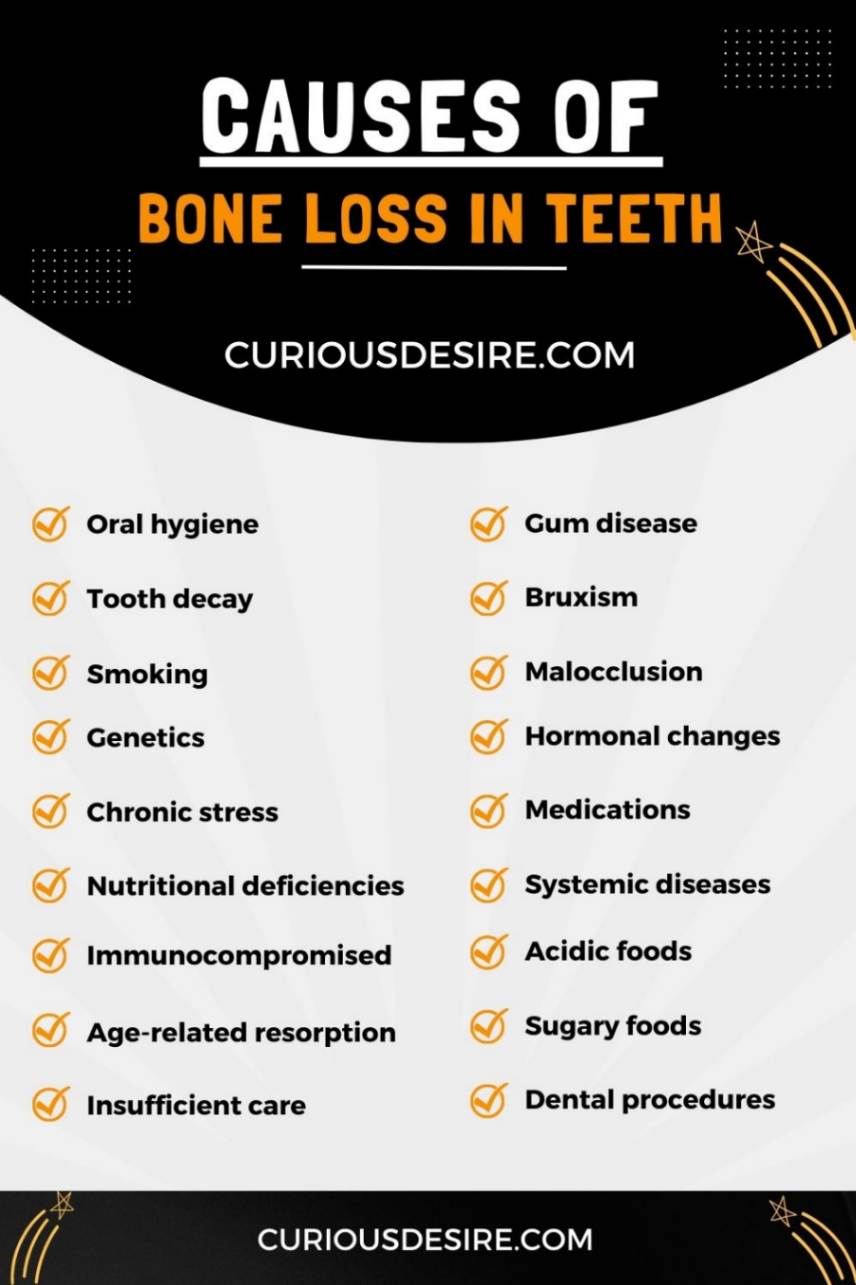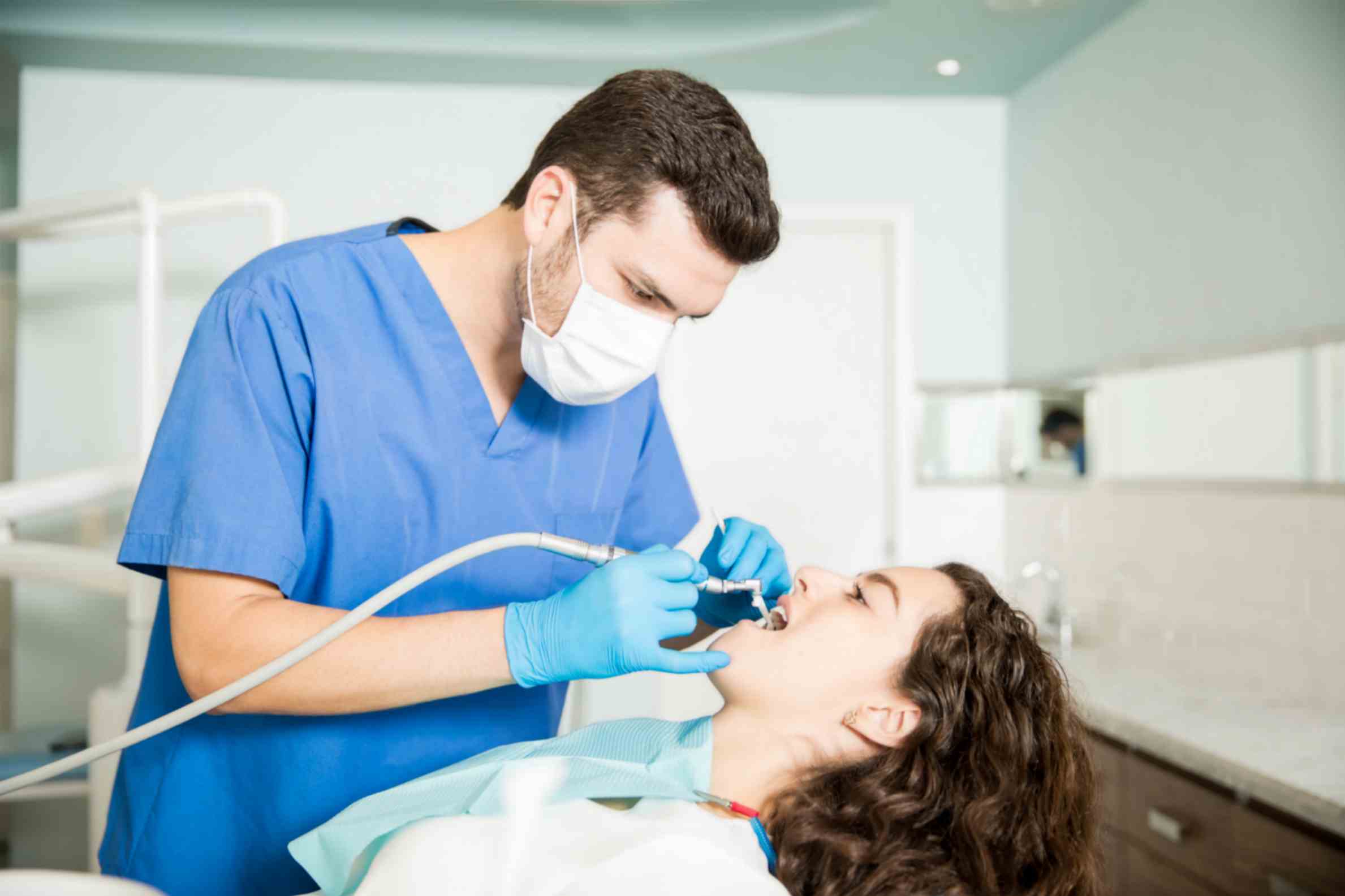1. Poor Oral Hygiene
Poor oral hygiene, marked by inadequate brushing, flossing, and dental check-ups, leads to plaque accumulation, which hardens into tartar and triggers gingivitis, progressing to periodontitis, where bacteria attack the tooth-supporting bone, causing bone loss.
Symptoms include loose or shifting teeth, receding gums exposing tooth roots, bad breath, gum tenderness, bleeding while brushing or flossing, and pockets between teeth and gums.
Treatment involves professional dental care:
- Scaling and root planing to remove tartar and bacteria.
- Antibacterial mouth rinses or localized antibiotics to fight infection.
- Surgical interventions like flap surgery or bone grafting in severe cases.
Home care includes:
- Regular brushing with fluoride toothpaste twice daily.
- Daily flossing to remove plaque between teeth.
- Use of antimicrobial mouthwash to reduce bacterial growth.
- Quitting smoking or tobacco use, which worsens gum disease.
Addressing poor oral hygiene habits and seeking timely dental care can prevent further bone loss, preserve teeth, and maintain oral health.
2. Gum disease
Gum disease, or periodontitis, emerges when bacteria nestled in plaque and tartar wreak havoc along the gumline, instigating inflammation and eventual bone loss.
Picture when brushing and flossing fail to dislodge plaque, it solidifies into tartar, kickstarting gum irritation. As time passes, this inflammation gradually eats away at the bone that supports our pearly whites.
Symptoms of gum disease often include swollen, tender gums, gums that bleed easily, teeth that feel loose, and receding gums.
Treatment typically involves a thorough dental cleaning to scrape off tartar, coupled with antibiotics to battle the infection. In severe cases, surgical procedures may be necessary to excise infected tissue and restore bone levels.
3. Tooth Decay
Tooth decay, commonly referred to as dental caries, arises from a barrage of bacterial acids in plaque attacking tooth enamel, setting the stage for cavities to form.
Imagine after indulging in sugary treats, the bacteria in our mouths feast on these goodies and churn out acids that chip away at the enamel, leaving behind decay.
If left unchecked, this decay burrows deeper into the tooth, reaching its inner layers and potentially sparking infection and subsequent bone loss. Symptoms of tooth decay often include
Treatment typically involves dental fillings, root canal therapy, or in severe cases, tooth extraction followed by restorative procedures to thwart further decay and bone loss.
4. Bruxism
Bruxism, better known as teeth grinding, is a habitual gnashing that applies undue pressure on teeth and jawbone, potentially leading to bone loss over time.
For instance, stress or misaligned teeth can serve as the catalysts for bruxism, prompting individuals to grind their teeth incessantly, thus exerting excessive force on the jawbone.
Symptoms of bruxism often manifest as worn tooth enamel, heightened tooth sensitivity, chronic jaw pain, recurrent headaches, and even fractured teeth.
Treatment typically revolves around addressing the root cause, such as stress management techniques or orthodontic correction for misaligned teeth.
Additionally, mouthguards can serve as a protective shield, safeguarding teeth from further harm while alleviating the strain on the jawbone.


